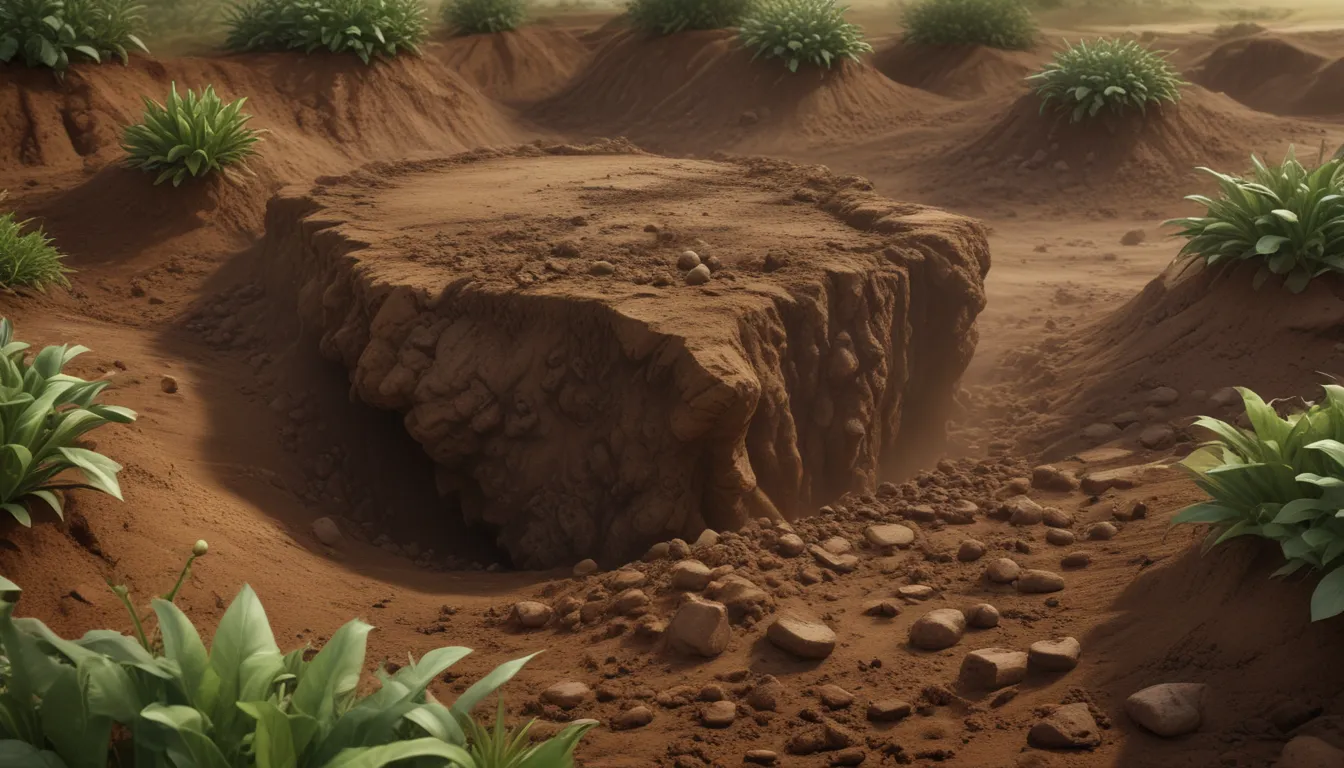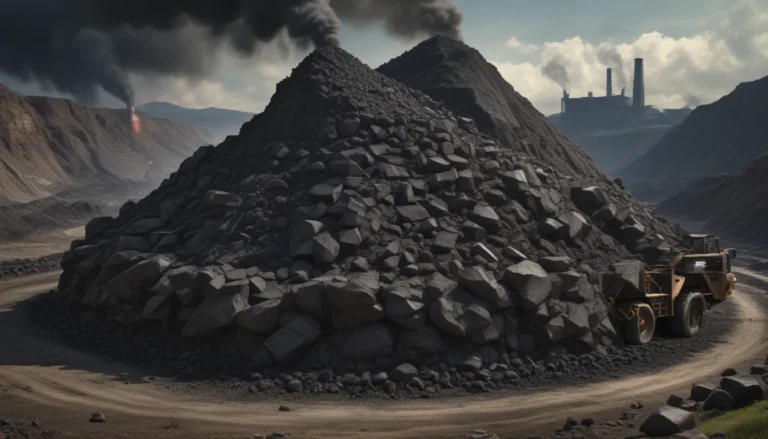A Note About Images: The images used in our articles are for illustration purposes only and may not exactly match the content. They are meant to engage readers, but the text should be relied upon for accurate information.
Are you curious about the intricate world of soil distribution and its impact on our planet’s ecosystems? Soil zones play a crucial role in shaping the Earth’s geography, influencing everything from agriculture to construction and even indicating past climates. Join us on a journey through the diverse world of zonal soil distribution as we uncover fascinating facts about different zones and their significance in our environment.
Understanding Zonal Soil Distribution: Factors at Play
When it comes to the distribution of soil zones, several factors come into play. Climate, parent material, topography, and time all work together to create the varied soil types we see across different regions. These factors influence the characteristics of soil, including color, texture, composition, fertility, and drainage, which in turn impact its suitability for various purposes such as agriculture and construction.
The Influence of Zonal Soil Distribution on Ecosystem Dynamics
The distribution of different soil zones offers valuable insights into ecosystem dynamics. By studying soil zones, scientists can better understand how nutrients cycle, how plants grow, and how organisms interact with their environment. This knowledge is crucial for maintaining ecological balance and promoting biodiversity.
Zonal Soil Distribution and Agriculture: A Vital Connection
Farmers rely on an understanding of soil zones to make informed decisions about crop selection, irrigation methods, and nutrient management. The varying water-holding capacities and nutrient levels of different soil zones directly impact agricultural productivity. By considering these factors, farmers can maximize yield and minimize environmental impact.
The Role of Zonal Soil Distribution in Biodiversity Conservation
Different soil zones support unique plant communities, providing habitats for a diverse range of organisms. The diversity of soil types contributes to overall biodiversity and ecological stability. By preserving soil zones, we can protect important ecosystems and ensure the survival of plant and animal species.
Unearthing the Past: Soil Zones as Indicators of Climate History
Studying soil zones can provide valuable insights into past climatic conditions. Certain soil characteristics act as indicators of past temperature, rainfall patterns, and even geological events. By analyzing soil zones, scientists can piece together a timeline of the Earth’s climate history.
Remote Sensing and Zonal Soil Distribution Mapping
Advances in technology have made it possible to map and analyze soil zones using remote sensing techniques such as satellite imagery. This information is invaluable for land-use planning and natural resource management. By leveraging these technologies, we can make informed decisions about how to best utilize our land resources.
Sustainable Construction Practices: Considering Zonal Soil Distribution
The characteristics of soil zones, including stability and load-bearing capacity, are critical considerations for construction projects. Engineers must assess soil types and properties to ensure the safety and longevity of structures. By understanding zonal soil distribution, we can build structures that are resilient and sustainable.
Preserving Groundwater Resources: The Impact of Zonal Soil Distribution
The water-holding capacities of different soil zones play a significant role in groundwater recharge. Soils with good water-retention capabilities contribute to sustained groundwater availability, supporting ecosystems that depend on groundwater resources. By protecting soil zones, we can safeguard our water supply.
Addressing Pollution Through Zonal Soil Distribution Analysis
Certain soil contaminants can indicate pollution levels in an area. By analyzing soil zones, scientists can assess the extent of pollution and implement remediation measures. Understanding zonal soil distribution is crucial for identifying environmental threats and taking action to protect our planet.
Managing Soil Resources: A Key to Sustainable Land Use
Soil zones are dynamic and can change over time due to natural processes and human activities. Monitoring and managing soil resources are essential for sustainable land use. By adopting conservation practices and responsible land management strategies, we can preserve soil health and ensure the longevity of our ecosystems.
Conclusion: Nurturing a Harmonious Relationship with the Earth
Delving into the enigmatic world of zonal soil distribution enables us to appreciate the intricate processes that shape our planet. From the fertile soils of the temperate zones to the challenging conditions of arid regions, each soil zone offers unique opportunities and challenges. By understanding and respecting the diversity of soil types, we can develop strategies to optimize agricultural productivity, conserve natural resources, and coexist harmoniously with our environment.
FAQs: Exploring Common Questions About Zonal Soil Distribution
-
What is zonal soil distribution?
Zonal soil distribution refers to the pattern and arrangement of different soil types across a geographical area, influenced by factors such as climate, topography, parent material, and time. -
How does zonal soil distribution impact agriculture?
Zonal soil distribution affects agriculture by influencing fertility levels, nutrient content, pH levels, and water-holding capacities of different soil zones. Farmers use this knowledge to make informed decisions about crop selection and management practices. -
Are there regions known for unique zonal soil distributions?
Yes, regions like the Eurasian Steppe and the Amazon rainforest are known for their unique soil distributions, such as the highly fertile chernozems and nutrient-poor oxisols, respectively. -
How can we manage and preserve zonal soil distributions?
Managing and preserving zonal soil distributions involves adopting sustainable land management practices, such as conservation tillage, crop rotation, proper irrigation, and reducing chemical inputs. Education and awareness are crucial for promoting soil conservation. -
Why is studying zonal soil distribution important?
Studying zonal soil distribution is essential for understanding geography, agriculture, ecosystems, and human settlements. By gaining insights into soil characteristics and behaviors, we can make informed decisions to protect and sustainably utilize our land resources.
Reflecting on Our Commitment to Quality Content
Our dedication to delivering trustworthy and engaging content is unwavering. Each fact presented here is a result of real user contributions, ensuring a diverse and credible source of information. Our editors meticulously review each submission to guarantee accuracy and reliability. As you explore and learn with us, trust in our commitment to providing high-quality and authentic content.
Embark on a journey through the fascinating world of zonal soil distribution, and discover the secrets hidden beneath our feet. Let’s nurture a deeper understanding of the Earth’s ecosystems and work together to protect and preserve our planet for future generations.






